Romagna, a land with roots deeply rooted in peasant culture, is a place where tradition becomes living matter through the skill of the hands of its artisans. What unravels among hills, hinterland and the Adriatic Sea is an itinerary of authenticity that allows visitors to discover the region in a unique way, tracing the stories of artisans, their techniques and their works. Let’s look at some of them.
One of the most emblematic traditions of rural Romagna that still retains its vitality is that of rust prints, which allows delicate, typically vegetable motifs to be imprinted on fabrics. This technique, which has its roots in the 17th century, is now rigorously safeguarded by a dozen or so artisan print shops scattered among the provinces of Rimini, Forlì-Cesena and Ravenna (one of these, the Pascucci print shop, has been in business since 1826 and will thus celebrate its 200th anniversary next year). The printing process requires rigorous manual skill: the fabrics are pressed with an instrument called a mangle (a kind of large wooden press: at the Marchi printworks in Santarcangelo di Romagna, one from 1633 is preserved), and beaten by hand, using engraved molds made of pear wood, keeping faith with the traditional method without exception. The distinctive color, an unmistakable rust tone, is not the result of chemical pigments, but rather of an expertly created mixture from the rust itself or other minerals defined as “poor,” combined with flour and wine vinegar. The exact proportions of this mixture are jealously guarded: each craftsman possesses his own secret formula. The designs that adorn these canvases evoke peasant symbolism: ivy leaves, ears of corn, bunches of grapes, chanterelles, and the caveje, or the pins that join the yoke of oxen to the cart. The itinerary of prints ideally extends in a path that touches significant localities such as Santarcangelo di Romagna, Carpegna, Gambettola, Meldola and Santa Sofia, before reaching the coast, in places such as Cervia, Cesenatico, Bellaria-Igea Marina and Rimini. In these localities it is still possible to find ateliers dedicated to this ancient form of craftsmanship.
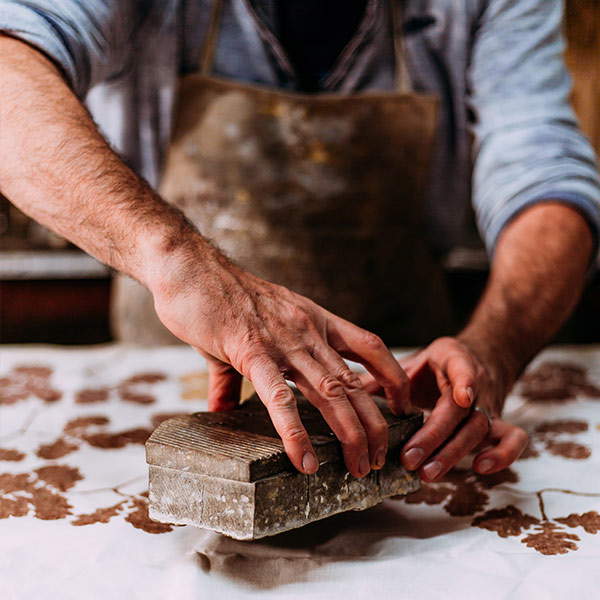
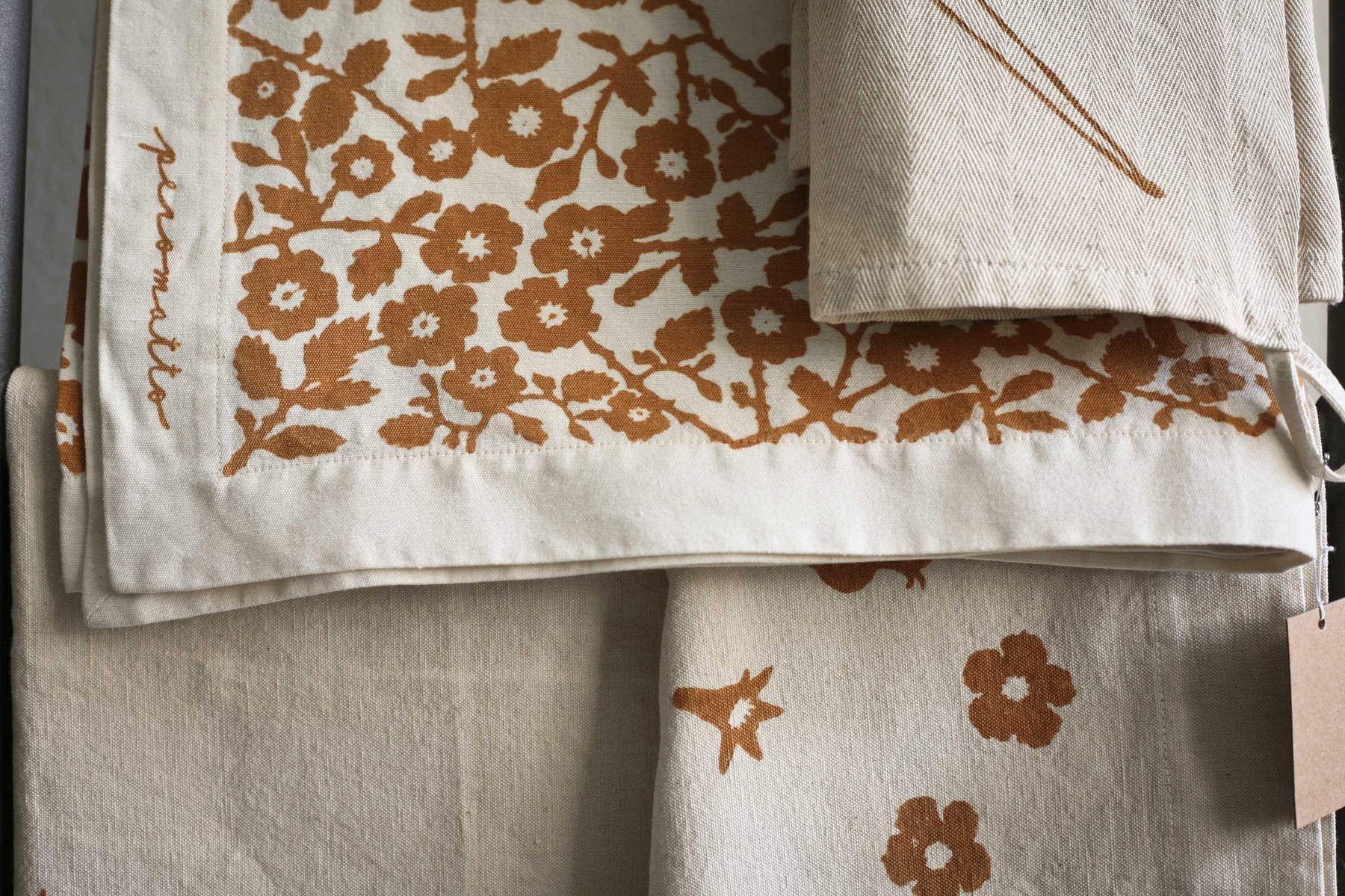
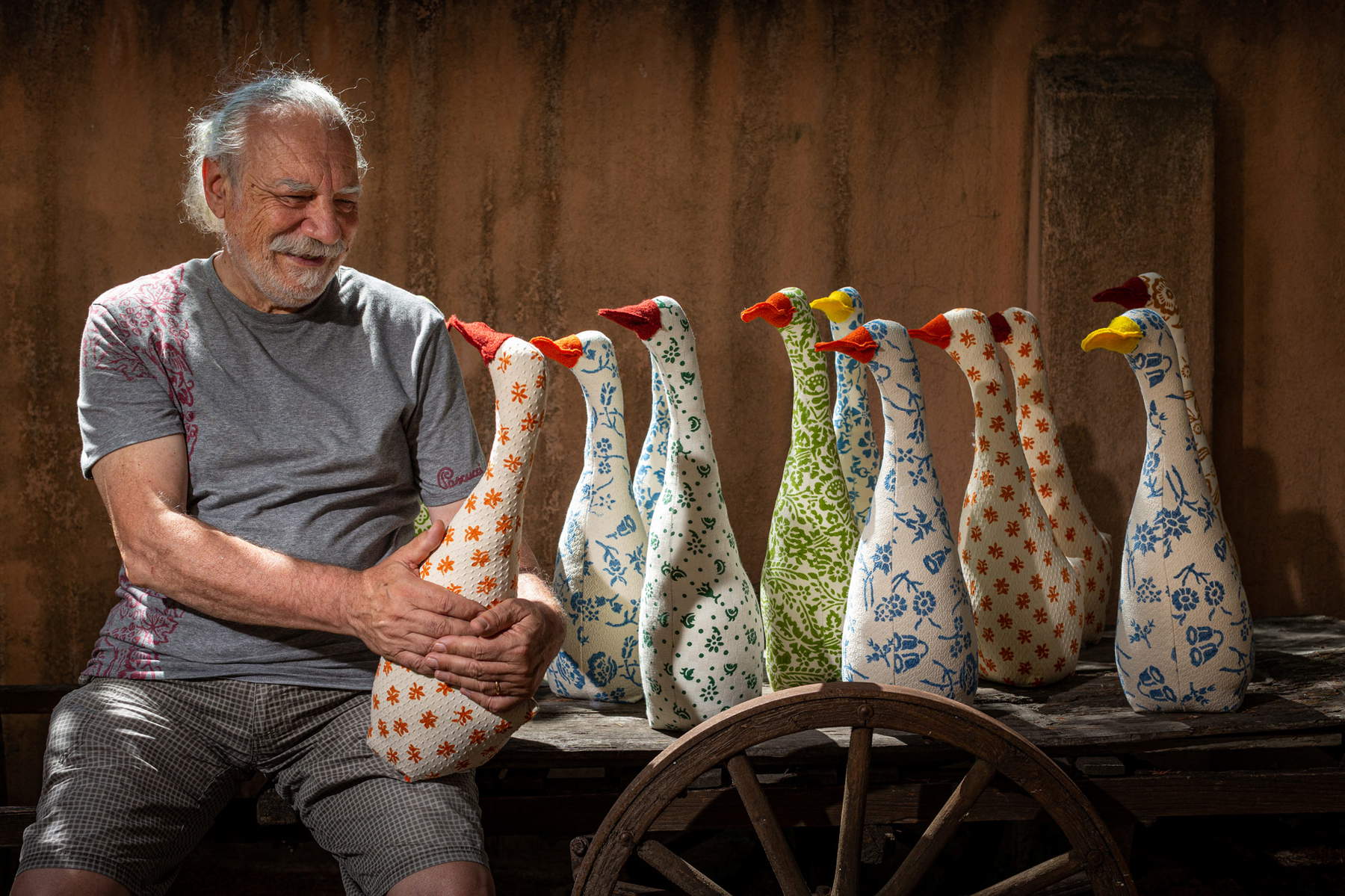
Continuing inland,clay has written a history spanning thousands of years in the city of Faenza, which is world-renowned for pottery, so much so that even today in France majolica is known by the term faïence. Pottery, in Faenza, is not just an art: it is the very identity of the city. This tradition was born in the Middle Ages, favored by the abundance of surrounding clay soil and the strategic location of the city, situated on the Via Emilia halfway between Bologna and the sea, serving as a gateway to Tuscany. The skill of Faenza’s artisans was refined over the centuries, and from the earliest, simple and functional ceramics - referred to today as “archaic” - they moved on to artifacts of high artistic merit. This evolution was enriched by oriental, Byzantine and Arab stylistic influences. The technical culmination was reached in the second half of the 16th century, a time when the city unquestionably secured the title of ceramic capital. It was during this period that the famous Bianchi di Faenza flourished, elegant works characterized by varied, sometimes eccentric shapes and minimal decorations on a milky white background. Today, five hundred years later, the flame of this art is kept alive by more than sixty artisan workshops and numerous artistic ateliers spread throughout the city. The essential stop for anyone who wants to understand this legacy is the MIC - Museo Internazionale delle Ceramics, globally recognized and awarded the title of “Monument Witness to a Culture of Peace” by UNESCO. In addition, Faenza offers the opportunity to purchase unique objects and participate in courses and workshops organized by the artisans, allowing visitors to fully immerse themselves in this tradition.
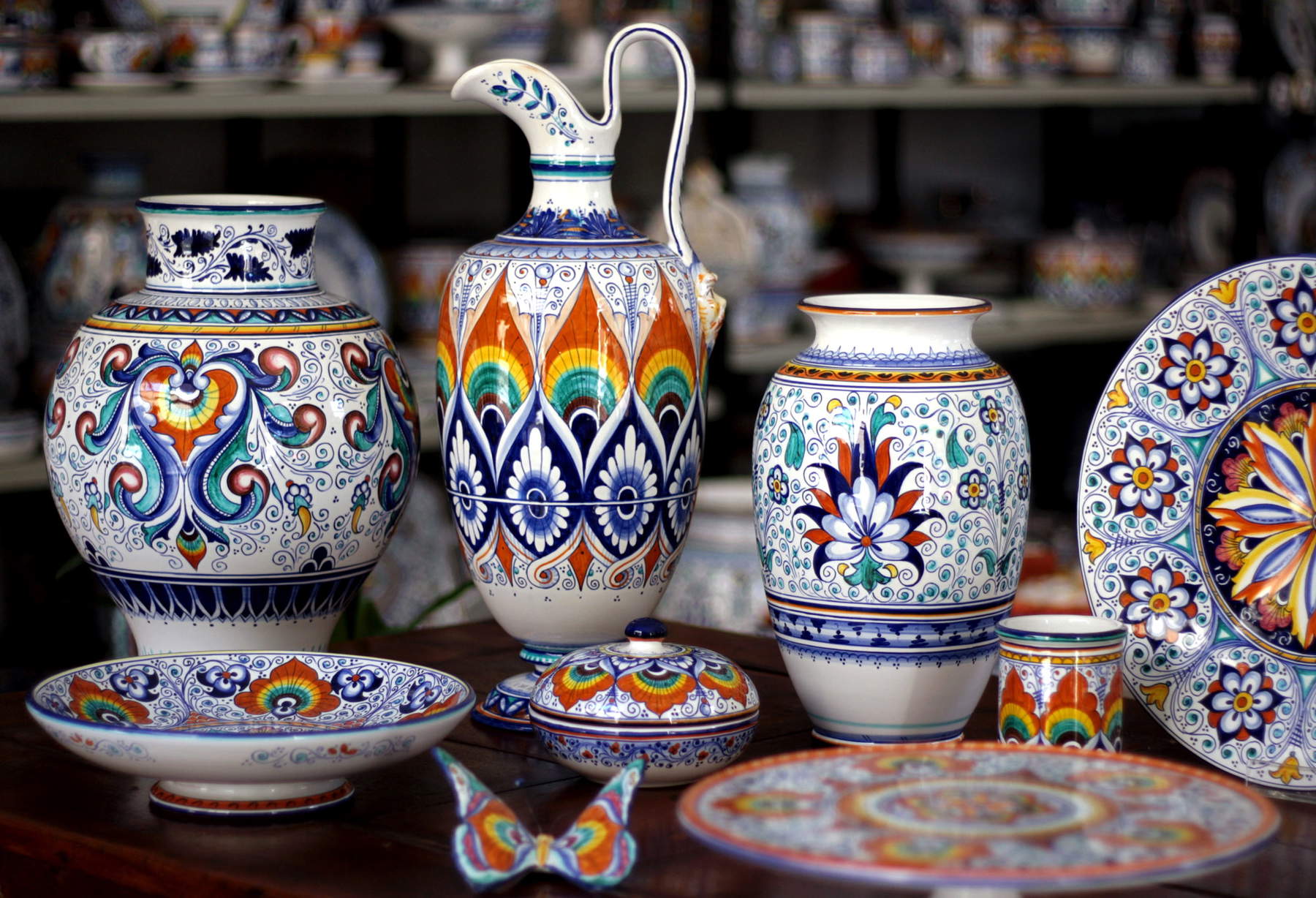


Moving from Faenza to its provincial capital, namely Ravenna, we come to a city recognized worldwide as the city of mosaics. This historical primacy is enshrined in the eight UNESCO World Heritage monuments, magnificent examples of mosaic art created between the fifth and sixth centuries AD. The impression left by the golden tiles of the dome of the Basilica of San Vitale is such that it has amazed travelers for nearly fifteen centuries.
However, mosaic in Ravenna is not confined only to museums and monuments. It is a ubiquitous element in the urban fabric, visible in street signs, on walls thanks to street artist Invader’s installations, in planters and in parks. The vitality of mosaic art is ensured both by the constant technical evolution, evidenced by the MAR Museum’s modern collection, and by the Contemporary Mosaic Biennial, an international exhibition that attracts schools and artists from all over the world.
The city is home to dozens of workshops and workshops where tourists can admire artisans at work, acquire unique creations and, for a more personal experience, try their hand at hands-on mosaic classes to make their own souvenir. After exploring the Byzantine city, mosaic art can also be sought at other sites of great archaeological importance, following in the footsteps of ancient Rome in places such as the Russi archaeological area, the Triumph of Dionysus in Sarsina, the Surgeon’s Domus in Rimini and the remains of ancient Spina near Comacchio.
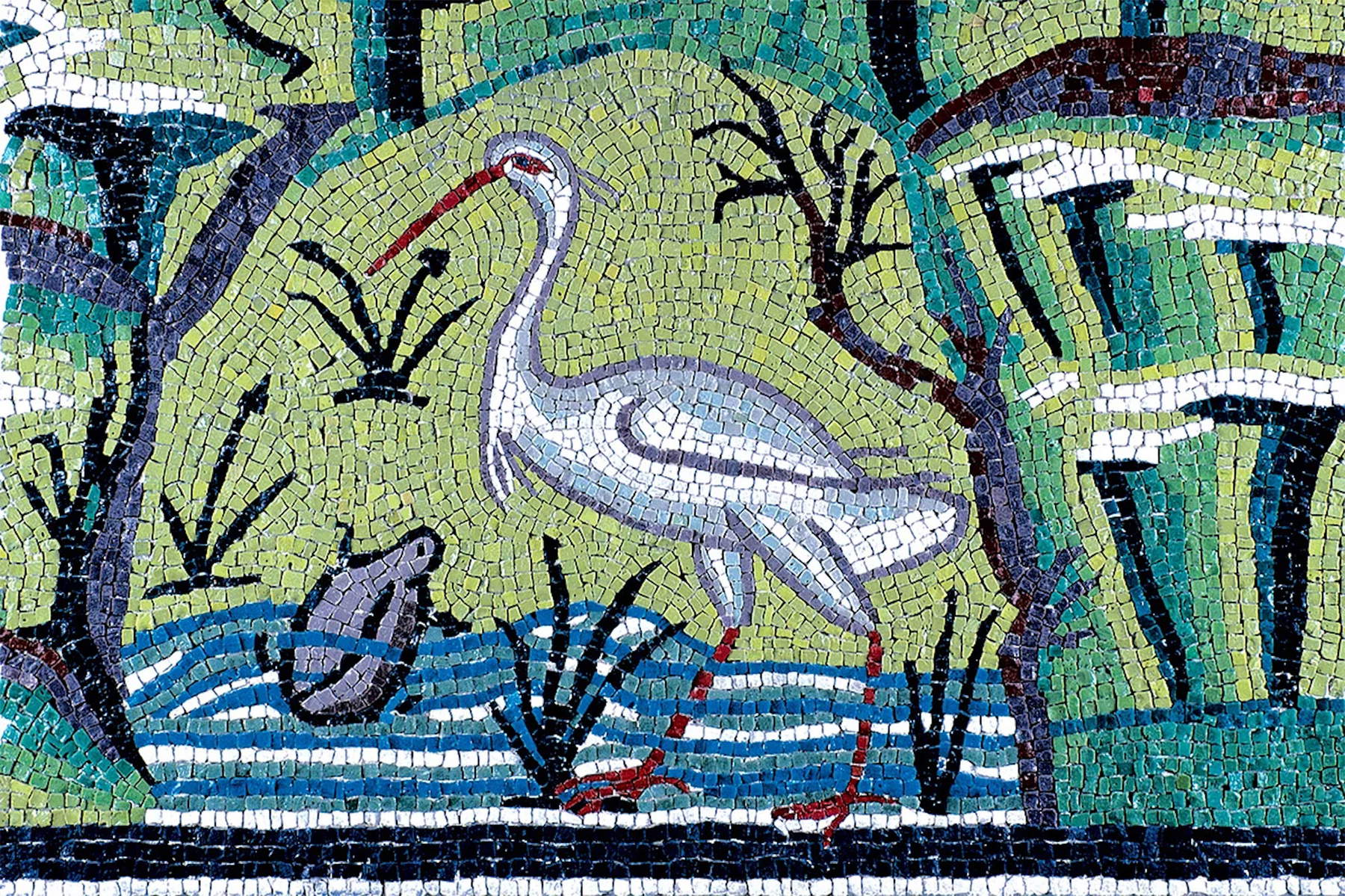
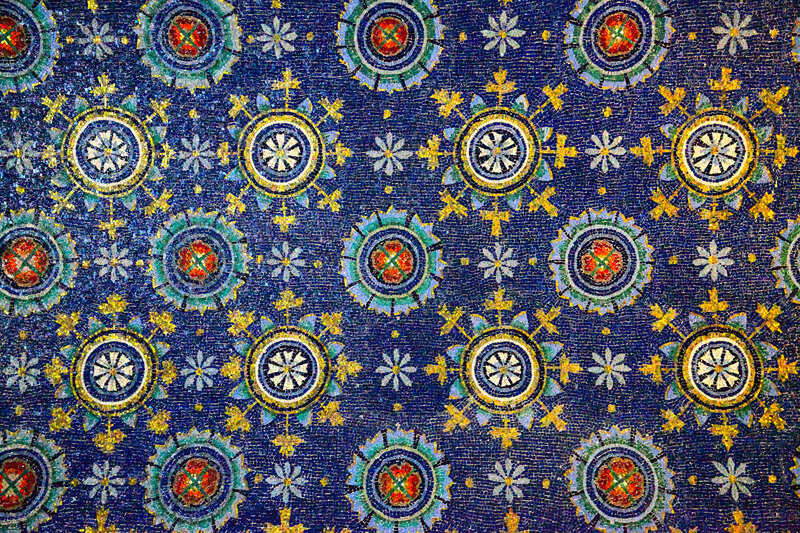

And in the very area where the Po River meets the Adriatic Sea, a unique craft tradition has developed: the weaving of marsh grasses. This technique has been able to transform a local product, the reed that grows wild in the Po Delta area, into everyday objects and later into true artistic handicrafts, all at zero cost.
This skill originated mainly in Villanova di Bagnacavallo, not far from Ravenna. The inhabitants of this area worked, lived and played using rushes and reeds, taking advantage of the seasonal mowing of grasses to ensure the continuous renewal of the ecosystem, unique in terms of biodiversity. A wide range of artifacts were produced from the capable hands of the Romagnoli: mats of different sizes, mats, brooms, bags, sporte, hats, footwear, and even whole huts. Such was the fame achieved by these artisans that they were invited to exhibit at the1900 Paris International Exposition. To rediscover and understand this local heritage, the ideal starting point is theEcomuseo delle Erbe Palustri in Bagnacavallo, which together with the annual Sagra recounts the “golden times” of this art. The area in which this tradition flourishes is now part of the UNESCO Biosphere Reserve of the Po Delta, which covers fifty-five thousand hectares, including such valuable natural areas as the Valle delle Canne, the Foce del Bevano, and the brackish lagoons of Comacchio and Goro.
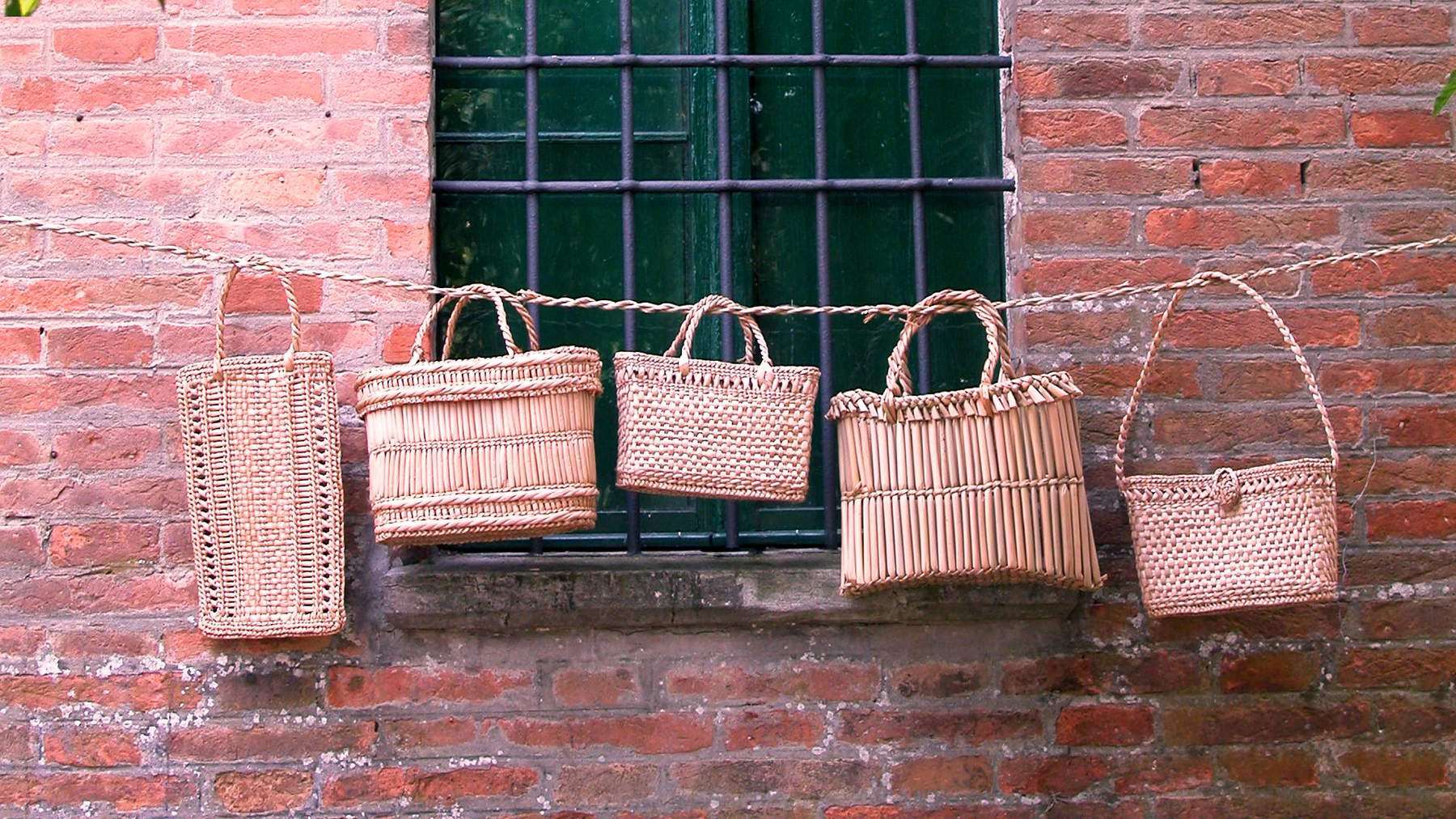
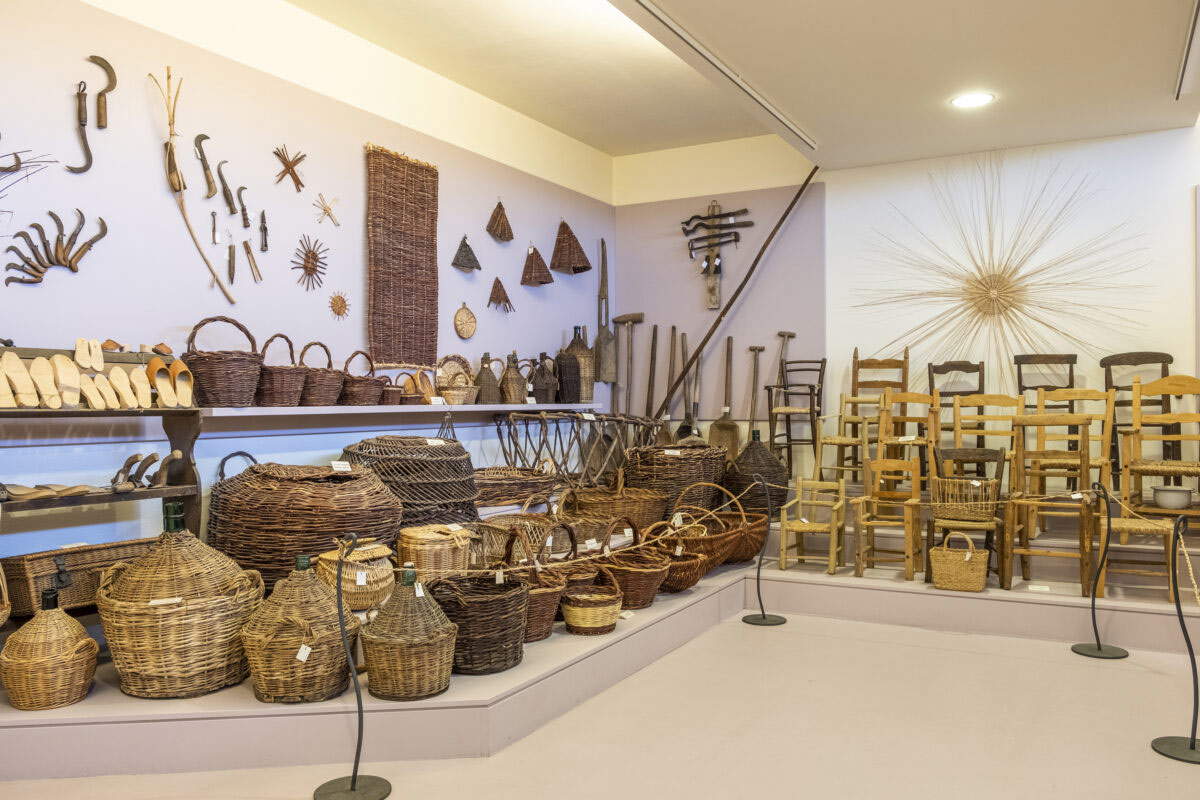

Moving further along the banks of the Po, we come to Ferrara, universally recognized as the City of the Renaissance, a title bestowed on it by UNESCO as a World Heritage Site. The city reached its architectural and prestige peak under the rule of the d’Este family, rivaling for two centuries such centers of power as Venice, Florence and the great European courts. Ferrarese town planning was the first to develop following a rational plan, known as the Addizione Erculea, which balanced the humanistic principles of form and volume with the needs of the city and local traditions. Even today, walking through the wide, straight streets of the historic center, it is still possible to perceive this harmony. In the heart of Ferrara, dozens of historic craft stores have been kept active for over five hundred years. Strolling through the streets that echo the presence of historical figures such as Isabella d’Este, one discovers ateliers dedicated to leatherworking and luthiers’ workshops. One particular tradition that has been revived, using the same techniques in use at the Este Court in the 15th century, is graffito pottery, characterized by the practice of engraving as a decorative technique.
Manual skill in Romagna is not only reserved for art objects, but extends deeply into gastronomic culture, transforming food into a kind of cultural event. Not coincidentally, modern Italian gastronomy was codified by a Romagnolo, Pellegrino Artusi, a native of Forlimpopoli, to whom Casa Artusi, a museum-restaurant on home cooking, is now dedicated.
To speak of “handmade” in Romagna means much more than just noodles rolled out with a rolling pin. Craftsmanship also defines the way food is prepared and consumed. For example, those who want to experience the authentic and ancient flavor of piadina should try one baked strictly on the terracotta pan made in Montetiffi. Once ready, it is kept warm by covering it with a rust-printed napkin, pressed through the use of the mangle. Wine, perhaps a Rebola, is also reputed to be more enjoyable when poured from a pitcher worked in Rimini ceramic styles.
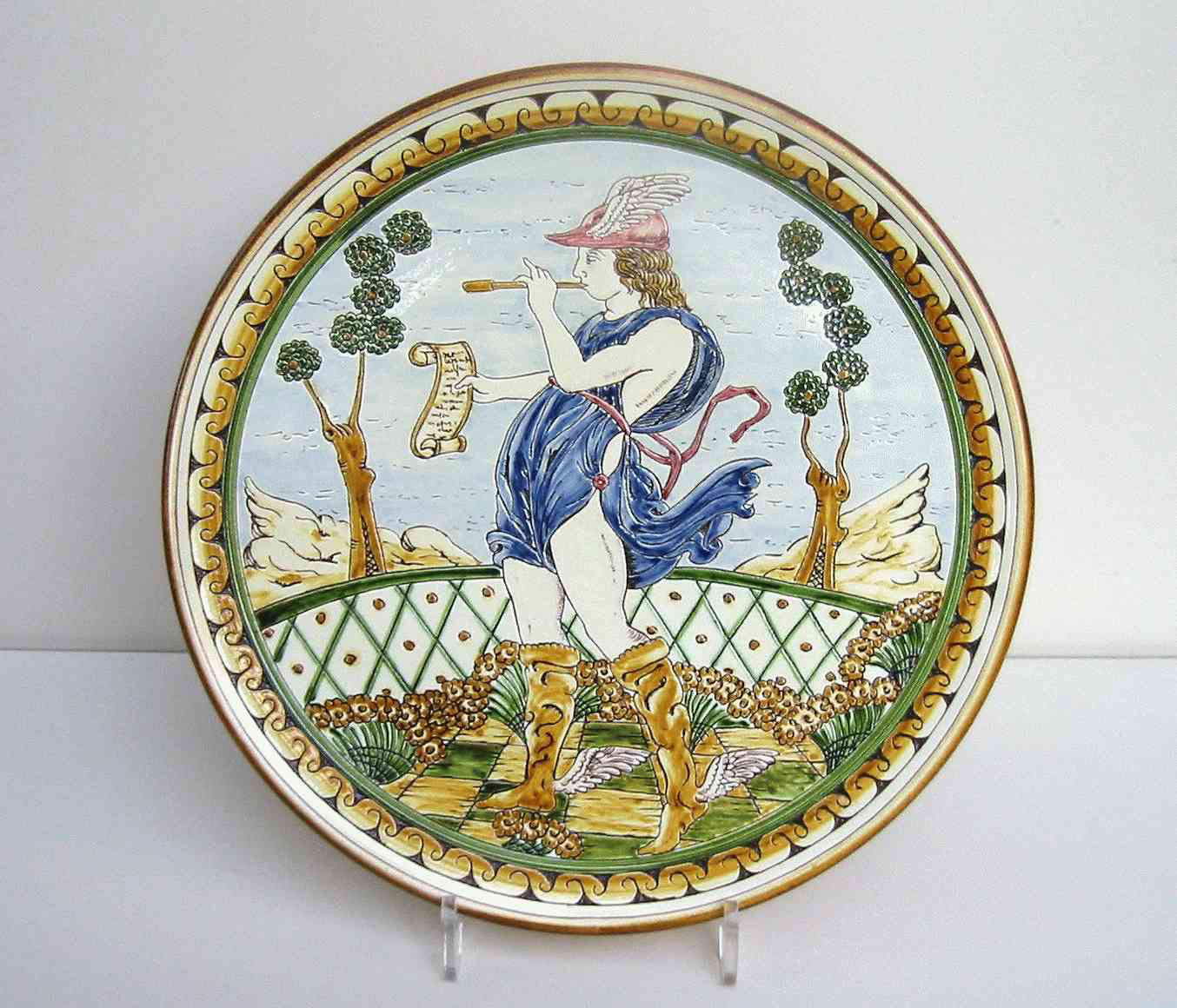

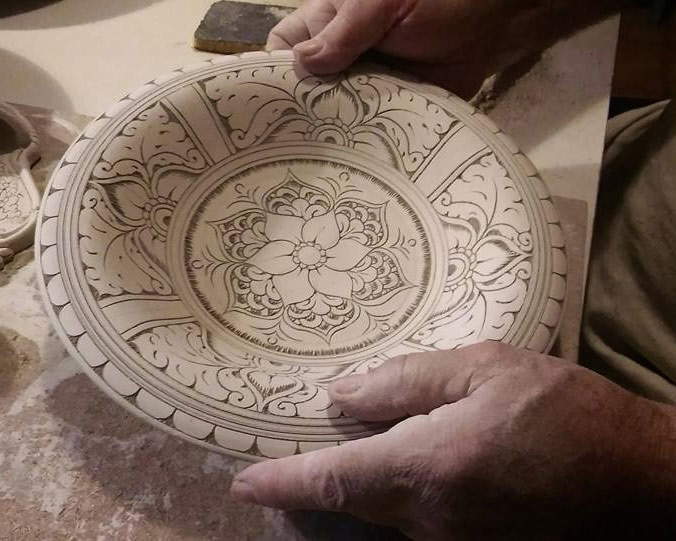
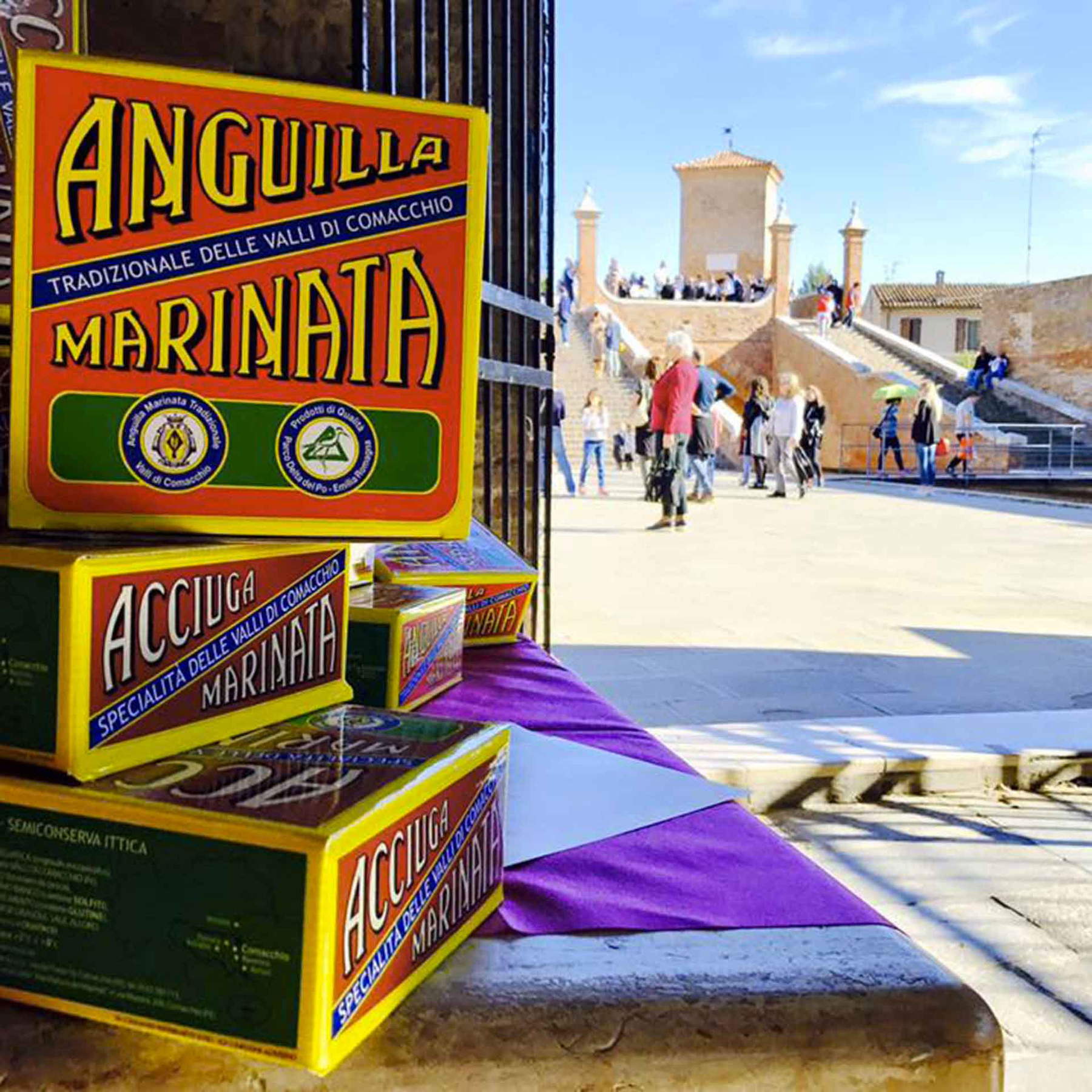
The connection between manual skill and gastronomic product is also evident in the preservation of historical memory, as in the case of the Museo della Marineria in Cesenatico and the Manifattura dei Marinati in Comacchio, places where it is possible to discover the ancient techniques used for fishing and the subsequent processing of fish.
Ultimately, a journey through crafts in Romagna is a complete immersion. Whether it is listening to the melody of the mallet beating the mold on the fabric, admiring the refinement of a mosaic that has been shining for over a millennium, or tasting products served on unique artifacts, discovering artisans, their stories and their methods is tantamount to getting to know the truest and most authentic Romagna. This land, steeped in PDO and PGI excellence and guardian of centuries-old techniques, offers an experience where authenticity is the rule, from the hilltop village to the seashore.
 |
| The crafts of Romagna: tradition and craftsmanship between the hills and the sea |
Warning: the translation into English of the original Italian article was created using automatic tools. We undertake to review all articles, but we do not guarantee the total absence of inaccuracies in the translation due to the program. You can find the original by clicking on the ITA button. If you find any mistake,please contact us.